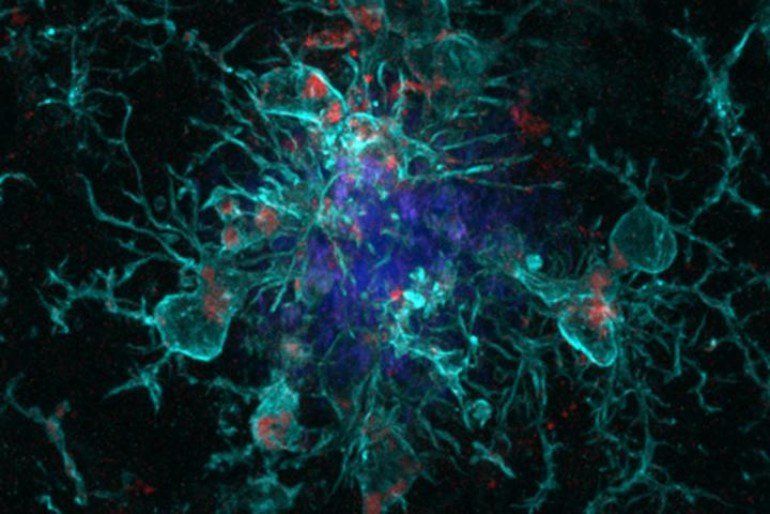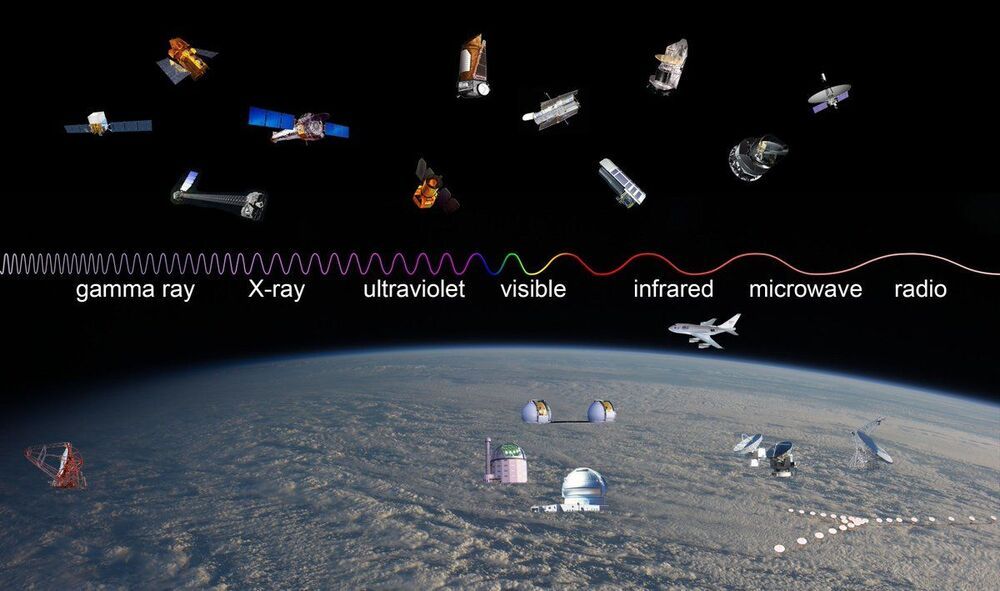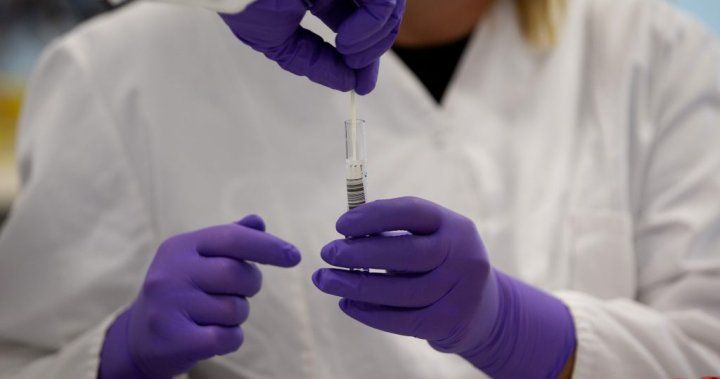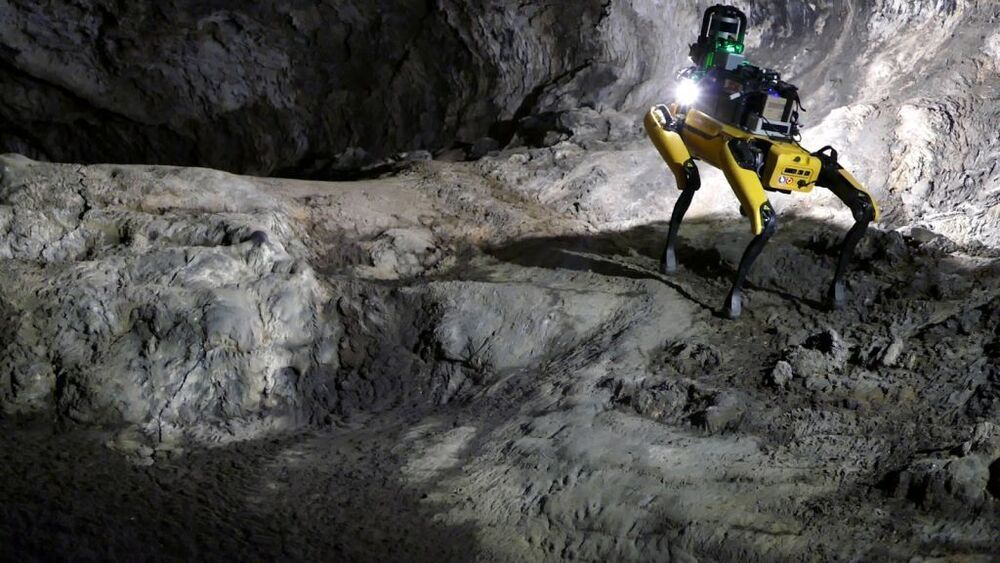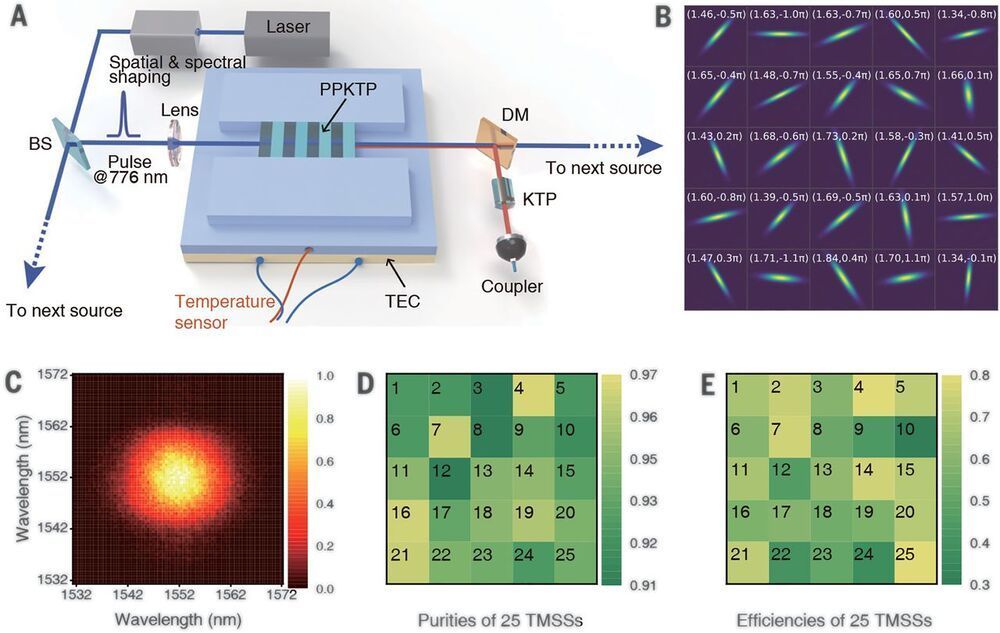Astronomers may have found a “Planet Nine,” but in another solar system. Will we eventually find the hypothetical Planet Nine in our own Solar System?
Even with all we’ve learned about our own Solar System, especially in the last couple of decades, researchers still face many unanswered questions. One of those questions regards the so-called Planet Nine. The Planet Nine hypothesis states that there’s a massive planet in our Solar System orbiting at a great distance from the Sun.
Nobody’s ever observed the hypothesized planet; the evidence for it lies in a cluster of bodies that orbit the Sun 250 times further out than Earth does. These objects are called e-TNOs, for extreme Trans-Neptunian Objects. According to the hypothesis, Planet Nine’s gravity is responsible for the unusual clustered orbits of these e-TNOs.
Now astronomers have found a distant solar system with its own Planet Nine, and that discovery is breathing new life into the hypothesis.

